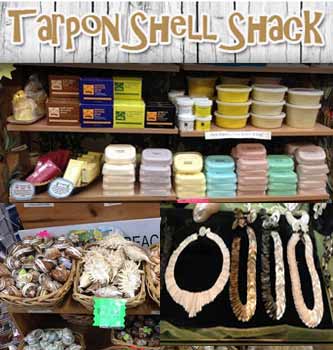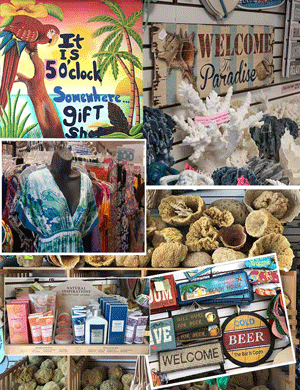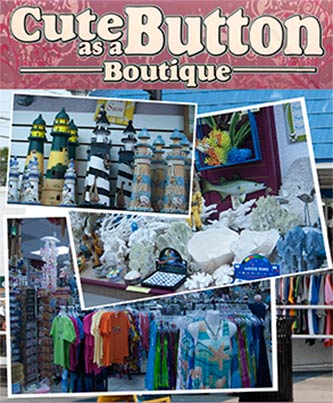Tarpon Springs FL was supposedly named because of area sightings of tarpon fish jumping out of the Gulf of Mexico waters. It was incorporated in 1887 with a population of 52.
It is a land comprised of bayous along its gulf coast, rolling hills, and Lake Tarpon towards the east. In its earlier years, the land was covered by pine trees which added a balsamic scent to its air. It became known as a desirable place to live for winter vacationers and permanent residents and attracted people for its beauty, hunting, fishing, and industry.
Earlier on, Tarpon Springs became known for having a steamboat landing at the mouth of its bayou, which added importance to it’s location. The landing was at the beginning of Tarpon Avenue, which extended to Lake Butler, now called Lake Tarpon. Along this road the main business district was built. Later, the Orange Belt Railway also extended to its location.
The Sponge Industry began to be formed before 1890 and by 1894 was reported to be of importance and an industry valued at one million dollars a year. The Anclote and Rock Island companies had their headquarters here in Tarpon Springs and were increasing it’s fleets and number of men.
In 1897 John Cheyney employed John Cocoris, a Greek businessman, to purchase sponges. Cocoris used a diving suit that allows it’s user to spend considerably more time underwater harvesting sponges.
In 1905 John Cocoris performed the first mechanized sponge dive and in that same year, the first Greek immigrants arrive. In 1907 The Tarpon Springs Sponge Exchange was formed.
Many Greeks began coming to this area from the Greek Dodecanese Islands. Therefore, the name of the main road along the docks now being Dodecanese Blvd. They brought their families and culture. With time, they became the largest harvesters of natural sponge in the world and the largest Greek population in the U.S.
In 1939 the sponge fields were killed by a marine disease and the industry took years to recover from this ordeal.
After many years of hard work, that continues to this day and the popularity of its unique atmosphere and culture, it has become a must visit place for tourists and locals alike.
On January 6th, the Greek Orthodox Church celebrates the day of Epiphany. A day to bless the water and the boats. A wooden cross is thrown into the water, onto which local boys jump in to search for it in a blessed year for the finder’s reward.
Along the docks, there are many Greek restaurants and stores with authentic Greek food and items along with shells and sponges.
Aside from the Greek community itself, which is fascinating to outsiders, are the sponges themselves. If you know about sponges, you know that natural sponges for some matters are highly preferred over synthetic ones.
The wool sponge (as it’s known) has the ability when used with baking soda to kill 100% of the bacteria it swipes. It’s a very soft sponge also favored for use on babies’ skin. Loofa sponges are great for bathing and make an excellent, authentic souvenir for yourself or any special person in your life.
The sponge industry has been reporting record harvests partially due to the fact that they leave a good portion of the stem of the sponge intact when harvesting to allow for rapid growth.
Come to Tarpon Springs and visit our sponge docks, shops, and eateries. Enjoy a few hours of exploring a wonderful Greek enclave on the beautiful Gulf of Mexico. It’s a very unique experience. We do not allow guests to take any live shells on our boat.





